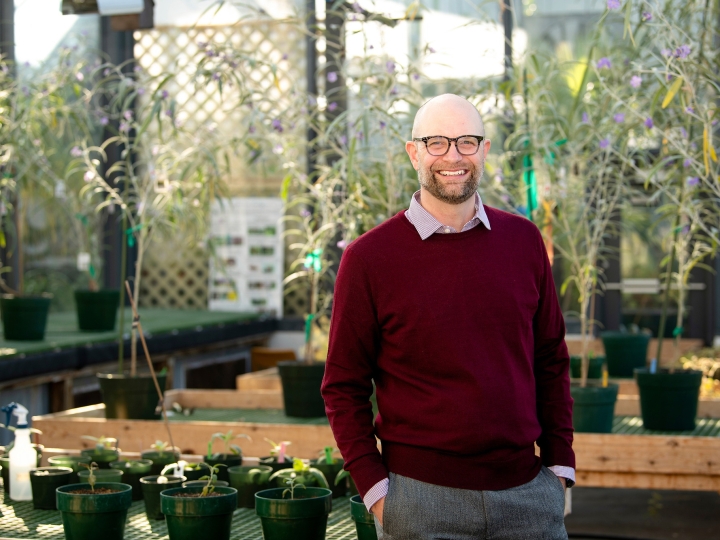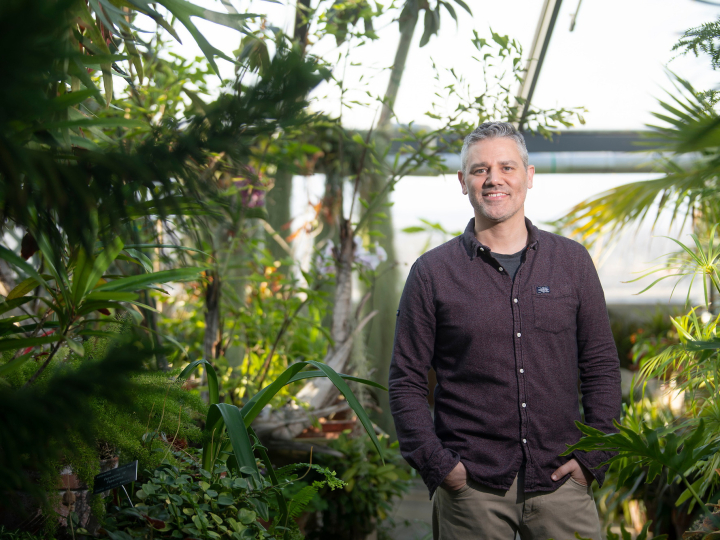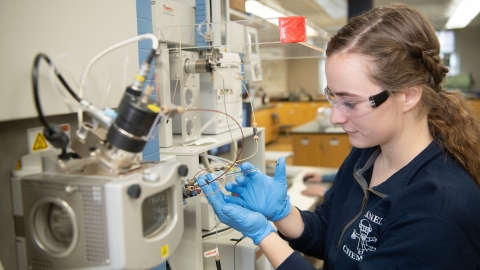
Student-designed Study Explores the Unknown Effects of Third-hand Smoke
February 17, 2020
April Hurlock '23's study analyzes the reactions that chemicals in cigarette smoke create with the materials they cling to. Emily Paine, Communications
Most people know the risks of first-hand and second-hand smoke, but April Hurlock '23 is finding that a third type of cigarette smoke exposure can be just as harmful.
Third-hand smoke exposure occurs when chemicals stick to surfaces and fabrics after a cigarette has been burned. Hurlock's work — under the guidance of Professor Douglas Collins, chemistry — analyzes the reactions these chemicals create with the materials they cling to.
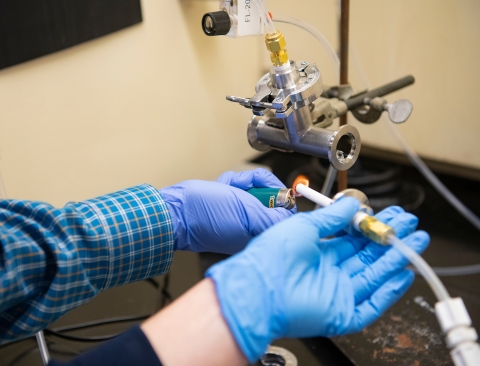
Hurlock assisted in designing a device that captures cigarette smoke in vials. Emily Paine, Communications
"There's a whole mess of chemistry that goes on when these reactions happen then evaporate off, and those chemicals are extremely hard to get rid of," explains the chemistry major from Gilbertsville, Pa. "These reactions aren't really being studied, which is why we decided to put so much emphasis on it."
The summer before her first semester, Hurlock spent five weeks in the lab designing an experimental third-hand smoke study as part of a federally funded science program that pairs incoming first-year students with faculty-led projects at participating universities, including Bucknell.
To begin, Hurlock identified the different chemicals in cigarettes by capturing their smoke in glass vials using a network of flasks and tubes. Over time, she observed how the chemicals behaved after adhering to the glass. Hurlock then worked with Collins to design a more robust smoking device, which she's now using to study how cigarette smoke reacts in vials coated with antioxidants.
"If we can track how antioxidants change and decay over time in the presence of these chemicals, then we'll be able to see the impact cigarette smoke can have on surfaces," says Hurlock, who will continue the study for 10 weeks this summer through a grant funded by the National Science Foundation.
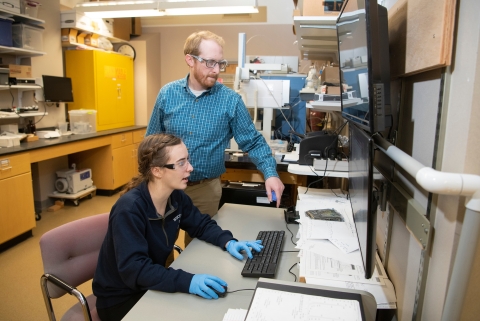
Hurlock's work is a collaboration with Professor Douglas Collins, chemistry. Emily Paine, Communications
As the project develops, she plans to analyze reactions on upholstery and other materials people interact with on a daily basis.
The ability to conduct relevant, real-world experiments is what drew her to Bucknell. While many of the schools she toured emphasized undergraduate research, Hurlock says she likely wouldn't have been so involved in the lab this early in her college career.
"Now, I not only get to develop this project throughout my four years, but I also get to dive deep into research that has real-world impact," Hurlock says. "Having an environmental connection and real-life applications really adds purpose to my work here."
